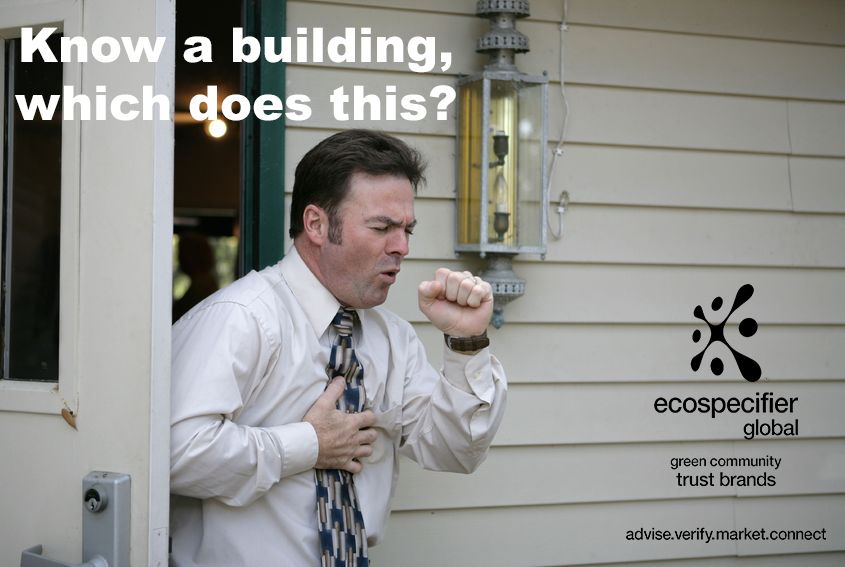Benzene is a colourless, flammable liquid with a sweet smelling odour that when exposed to the atmosphere evaporates very quickly. Benzene is used within many building products and manufacturing processes, such as the production of plastics and some rubbers, and even in some pharmaceuticals and detergents. Benzene is commonly found in the home in glues, adhesives, cleaning products, paint strippers, some art supplies and most commonly in petrol. The most common way to be exposed to benzene is through inhalation of emissions, although skin contact and digestion are other possible ways of exposure.
Benzene is a highly volatile carcinogenic substance and exposure at high levels can result in death (by breathing vapours direct or in poorly controlled occupational situations). The health effects of benzene depend upon the levels and length of exposure.
However even low levels of exposure can result in:
- Skin and eye irritations
- Drowsiness, dizziness and headaches
- Vomiting
- Tremors
- Loss of consciousness
- Confusion
Benzene is a Category 1 carcinogen, so exposure at any levels has the potential to cause cancer, although the recommended “safe” level of exposure is argued amongst scientists and governments, with some believing that there is no safe level whilst others agree that 0.10% weight/weight is the safe cut off point for exposure. High exposure to benzene can result in:
- Abnormal blood production
- Disruption of the immune system
- Leukaemia – cancer of the tissues that form white blood cells
- Birth defects
- Cancer
- Death
To help minimise the risk of exposure to products containing benzene it is recommended that:
- Choose verified and certified products from the Ecospecifier website (ecospecifier.com.au) that show a transparent and detailed human and eco-toxicity analysis
- Contact the manufacturer if unsure if the product contains benzene
- Limit exposure to petrol, car exhaust and cigarette fumes
- Limit, or avoid if possible, exposure to fumes from art supplies, paints and solvents
- If using products that contain benzene, particularly if indoors, ensure that the room is adequately ventilated
- Eliminate, if possible, products that contain benzene, either as a component or contaminant
Explore more about the product ranges that have been eco-certified and listed by Ecospecifier, by using the Product Search Engine on Ecospecifier Global: http://www.ecospecifier.com.au
Join us in more conversations about green products and sustainability issues on our social media pages:
Follow Ecospecifier on Facebook
Follow Ecospecifier on Twitter
Follow Ecospecifier on LinkedIn
Join our Social Media Honour Roll – support the switch to green products
Like, Comment and Share our blogs and posts on your social media pages … and we will send your name out to more than 15,000 subscribers via our monthly Ecospecifier Global Newsletter.
See which stellar individuals, businesses and networks made the latest Honour Roll on Twitter and Facebook HERE We salute you in helping us educate and help more people #MaketheSwitch to #EcoResponsible products.


